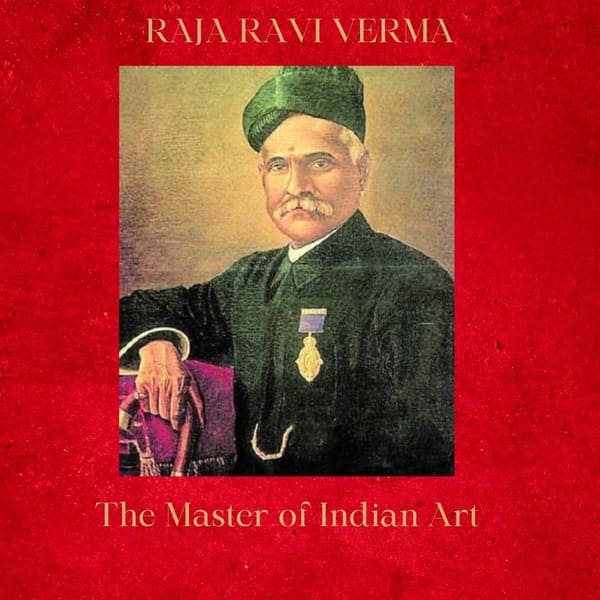
Dive into the mesmerizing world of immersive resin art, where nature’s beauty, cosmic wonders, and the dynamic sky converge to inspire captivating creations. With a specialized focus on resin, Purva harnesses its glossy finish to craft pieces that dance with light and shadow, offering a truly enchanting visual journey for every observer.




